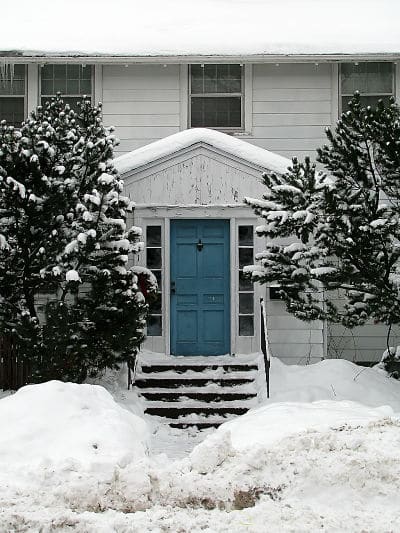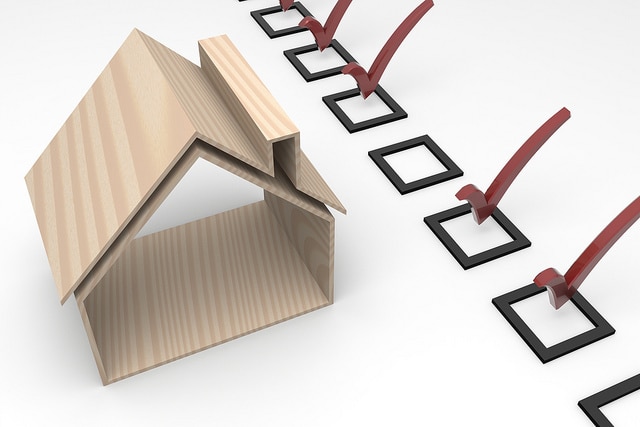
Home Selling: Dos and Don’ts of an Open House
 Love them or loathe them, open houses are here to stay. And it makes sense. After all, 45 percent of home buyers said they use open houses as part of their housing search, according to a study from the National Association of REALTORS®. In other words, open houses bring in buyers.
Love them or loathe them, open houses are here to stay. And it makes sense. After all, 45 percent of home buyers said they use open houses as part of their housing search, according to a study from the National Association of REALTORS®. In other words, open houses bring in buyers.
If you’re hoping to sell, the more people who see the house, the better. However, there is an art to an effective open house. With these tips, you’re more likely to appeal to qualified buyers — and generate some offers.
Open House Dos:
Conduct Some Background Research
It may be tempting to try to update everything at once in anticipation of the open house. Resist the urge. Instead, focus on what prospective buyers are looking for given your house and the neighborhood. Then adjust accordingly.
Reflect on what buyers want and/or need. Most buyers want an emotional connection to a home so that they can envision themselves residing there. If your personal photos or beliefs are on full display, it could be difficult for others to imagine living in the home.
Tackle Big-Ticket Items
It is unlikely that buyers will scrutinize the fine details during an open house. What they will do, however, is gather an overall impression of the property. The first priority should be to clean.
Dust thoroughly, scrub soap scum out of the shower, clean the sinks, wipe down the refrigerator doors, and sweep. Make sure the closets are organized. Buyers want storage space, and if the closets are overflowing, it gives the impression that there isn’t enough storage. Remove most personal memorabilia and seasonal items as well.
Make Repairs
Now is the time to jump on all those home repair projects that have been put to the wayside. Broken window? Leaky faucet? Stained carpet? Take care of them up front in order to leave the best first impression. If a buyer notices one thing broken, it’s an easy leap to thinking a lot of things will be broken.
Paint
It’s as though buyers love the sight of fresh paint. More than any other cosmetic change, painting the walls will often bring you the most bang for your buck. Doing so not only lightens up the room and removes unsightly blemishes, but it provides a feeling that people associate with cleanliness and newness.
That said, choose wisely. If painting the exterior, keep in mind that this will set the stage for whether anyone even wants to step foot in the door. For interior colors, opt for neutral shades unless you’re in a particularly trendy, hip neighborhood. Creamy hues of yellow in the kitchen, for instance, yield the highest sales premium, whereas slate gray and terra cotta bring down a home’s value substantially.
Open House Don’ts
Don’t Attend the Open House
Sure, you may want to know what people are saying, but let your real estate agent be the deliverer of any information. Buyers don’t want to feel pressured; they want to speak freely about the house and are apt to feel stifled if you’re anywhere nearby.
Don’t Keep the Pets Around
If the critters are in an enclosed space, such as an aquarium, it’s okay to keep them around. If they smell, make noise, follow people around, or cause allergies, however, they should be out of the house during an open house. While a dog’s barking or kitty’s meowing may not bother you, a prospective buyer may have a whole different opinion.
Don’t Cordon Off Certain Areas
If it’s too messy or dangerous for someone to enter a particular area of the home, you’re not ready for an open house. People should be able to roam free so that they can best envision themselves in the space.
Having strangers wander through your home can feel awkward and disconcerting. Nonetheless, it is an important sales strategy that may real estate agents employ. Use these suggestions to make the most out of your show-and-tell opportunity.








